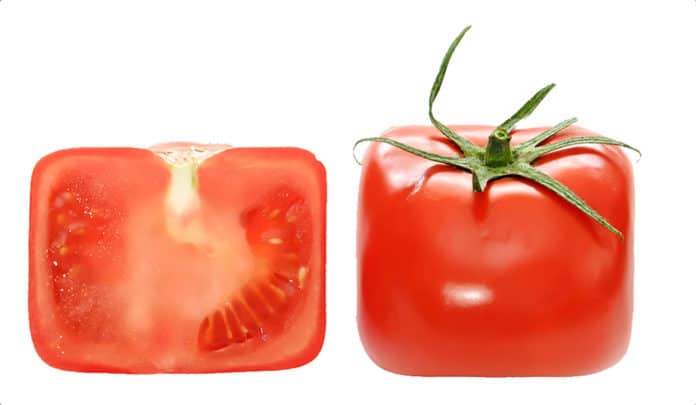Using the linear framework, scientists have studied the interaction between growth and environmental stress for confined bodies or inclusions for 70 years. They tried to comprehend the relation- the more force the growing body placed on its confining boundaries, the more displacement those boundaries experienced.
However, the material’s behavior in the real world is complex. The confining boundaries of the growing body could resist displacement or might break down.
In simple words, the relationship changes with the changing shape of the inclusion interacts with the changing responses of its enclosing material.
The nonlinear inclusion theory predicted significant differences in inclusion shapes depending on their growing environments. In biofilms, bacteria formed an oblate or “smooshed” sphere instead of a regular sphere when the surrounding material was stiffer.
Recently, MIT and Yale scientists have developed a theoretical framework to explain the mechanics of how growing bodies respond to confinement. They tested their theory by growing cholera bacteria inside a soft gel. They observed the architecture of the expanding bacterial biofilms at single-cell resolution as they grew 10,000 times larger.
The biofilms embrace growth paths that optimize their shape in response to confinement and damage in the surrounding gel as it deforms to contain the biofilm.
In the 1950s, British scientist John Eshelby revolutionized the study of inclusion problems. But, this study is a significant step forward.
Pradeep Sharma, the M.D. Anderson, Chair Professor of Mechanical Engineering at the University of Houston, said, “One of the key limitations of Eshelby’s work is that it is restricted to materials that deform only slightly. However, we routinely encounter contexts where the deformations are hardly ”slight”.”
“This study has ingeniously solved the Eshelby’s inclusion problem for large deformations. Inclusion problems in soft matter like gels, elastomers used in soft robotics, biological membranes, and how cells interact in tissues are now accessible thanks to Cohen’sCohen’s paper.”
Tal Cohen, MIT associate professor of civil and environmental engineering and mechanical engineering, said, “The biofilm experimental system was important for refining their theory. Observing these enormous deformations happening internally in a material in a very controlled way would have been very hard without it.”
“The experiments and theory are a starting point. For instance, the researchers are also curious about how their theory could account for the way nutrients diffuse in a growing system and whether that could explain to us even better the coupling between the constraints and the growth itself.”
“Understanding how inclusions grow — and maybe how and why they stop growing, or how they cause damage in their surrounding body — could be important for addressing tumor growth. The theory could also be applied to metal processing to control better the growth and stresses created by a precipitate in metal to create alloys with different features.”
Journal Reference:
- Jian Li et al. Nonlinear inclusion theory with application to the growth and morphogenesis of a confined body. Journal of the Mechanics and Physics of Solids, 2022; DOI: 10.1016/j.jmps.2021.104709
